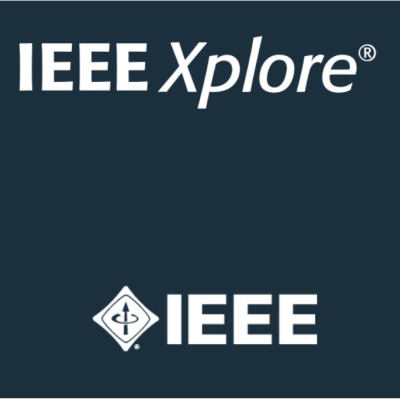Publication
Can Hyperspectral Images be used to detect Brain tumor pixels and their malignant phenotypes?
A. Martínez-González, A. Del Valle, H. Fabelo, S. Ortega, G. Callicó
DCIS 2020 Proceedings at IEEE Electronic ISBN:978-1-7281-9132-4 ISBN:978-1-7281-9133-1DO
MOLAB authors
Abstract
Neurosurgeons encounter a number of difficulties during brain tumor resection, even when using advanced imaging techniques. The most important are: excessive extraction of normal (healthy) tissue, and inadvertently leaving small sections of tumor tissue un-resected. This study attempts to help neurosurgeons to accurately determine brain tumor boundaries in the resection process using hyperspectral images. We design real-time classification algorithms to determine the type of tissue located at each pixel using technology that could be made accessible to most hospitals. The pixel classifier function is personalized for each of the 13 in-vivo and in-vitro glioblastoma samples by training in situ working with a region of pixels selected for each label. At a certain point during the resection, the surgeon selects a small area of tumor and healthy tissue from the RGB image and our mathematical model provides the classification map for the full image. We also suggest a personalized separator function for each label in order to find cell families with the hyperspectral signature. Mean intra-patient sensitivity was 89% and 85% for in-vivo and in-vitro samples respectively; however, mean specificity was 96% and 92% respectively. Our model allows the spatial detection of different tumor (or healthy) clones that could be related to phenotype heterogeneity within the brain. We find different vasculature and tumor families within patients which might be related to tumor invasion of the vasculature, and different degrees of tumor malignancy, respectively.















